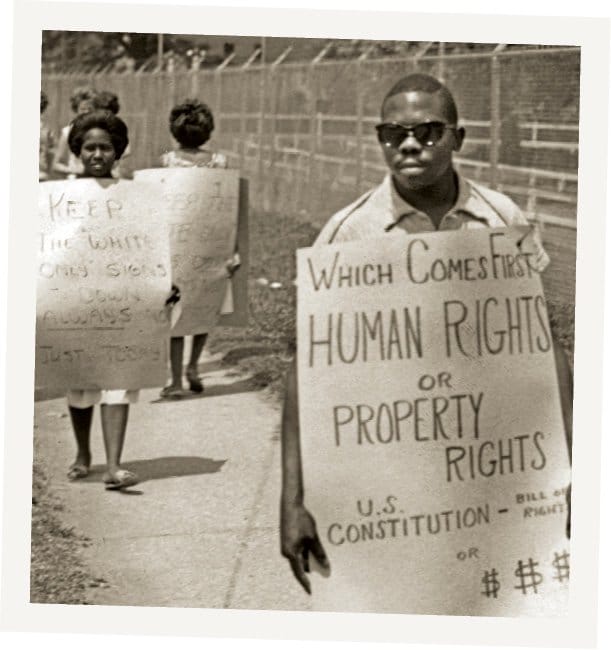
Backtrack: Riverside Amusement Park
“Get your popcorn and peanuts, your red lemonade and chewing candy!” food vendors shouted to throngs of pleasure seekers spilling from the looping streetcar just yards from the entrance to Riverside AmusementPark. From the moment the venue debuted in May 1903, the park became a must-do for Indy residents in the summer—a steady influx of entertainment beckoned year after year.
Two attractions, though, debuted that first season: the Double Eight Railway ride and the Laughing Gallery hall of mirrors. Soon, others followed. The Old Mill—a water parade of boat-cars ferrying visitors through painted indoor scenery illuminated by electric lights—opened the next year; the Thriller roller coaster came in 1913, and the Skyrocket, another coaster, took off in 1924. The latter two remained popular for decades, as did the merry-go-round and skating rink. Various temporary shows—balloon races, trapeze acts, and other themed, carnival-like acts—dotted the park’s calendar of events.
Located just east of the tony Canoe Club on the White River, and immediately north of 30th Street, Riverside was not without its controversy. Like other Indianapolis venues of an earlier era, racist rules forbid non-Caucasians from using the park—“Patronage Whites Only Solicited” read the signs.
From the moment the venue debuted, it became a must-do for Indy residents in the summer.
African Americans could only enjoy Riverside’s thrills one day a year, when the local Polk’s Dairy company sponsored a “milk top” day to thank customers for collecting their milk-bottle caps. In 1963, the discrimination finally came under serious fire, when black members of the NAACP Youth Council picketed the park. By 1964, the ban had been lifted and the offending signs removed.
By that time, however, the venue’s popularity was already declining. The remains of Riverside Amusement Park were advertised for sale in newspaper classifieds in 1971, yet many of the larger rides’ skeletons weren’t razed until 1979, as subsequent owners held out hope that a renaissance of the place was possible. Ideas for apartment towers and commercial development on the site also circulated following the closing. Instead, homes now stand where roller coasters roared, friends met, and much of Indy made its fun.
Tiffany Benedict Browne runs historicindianapolis.com. She takes a front-row, hands-up approach to roller coasters.





